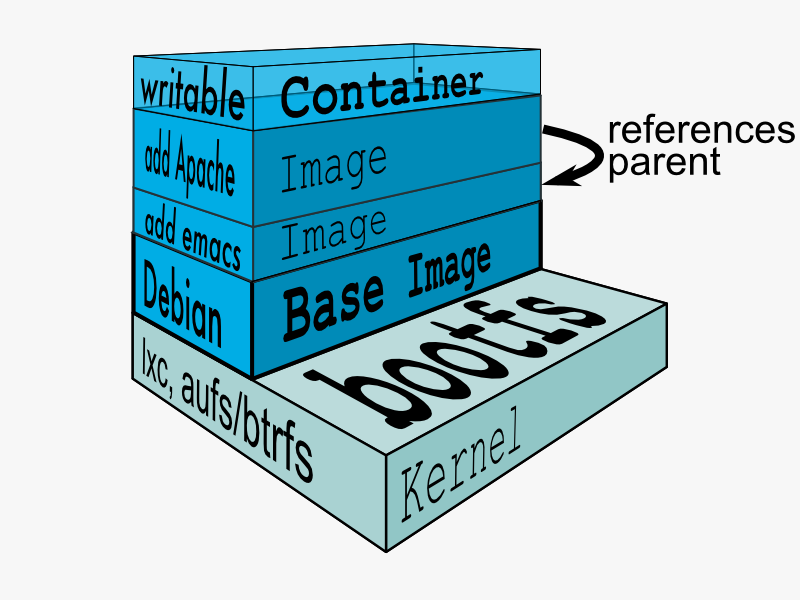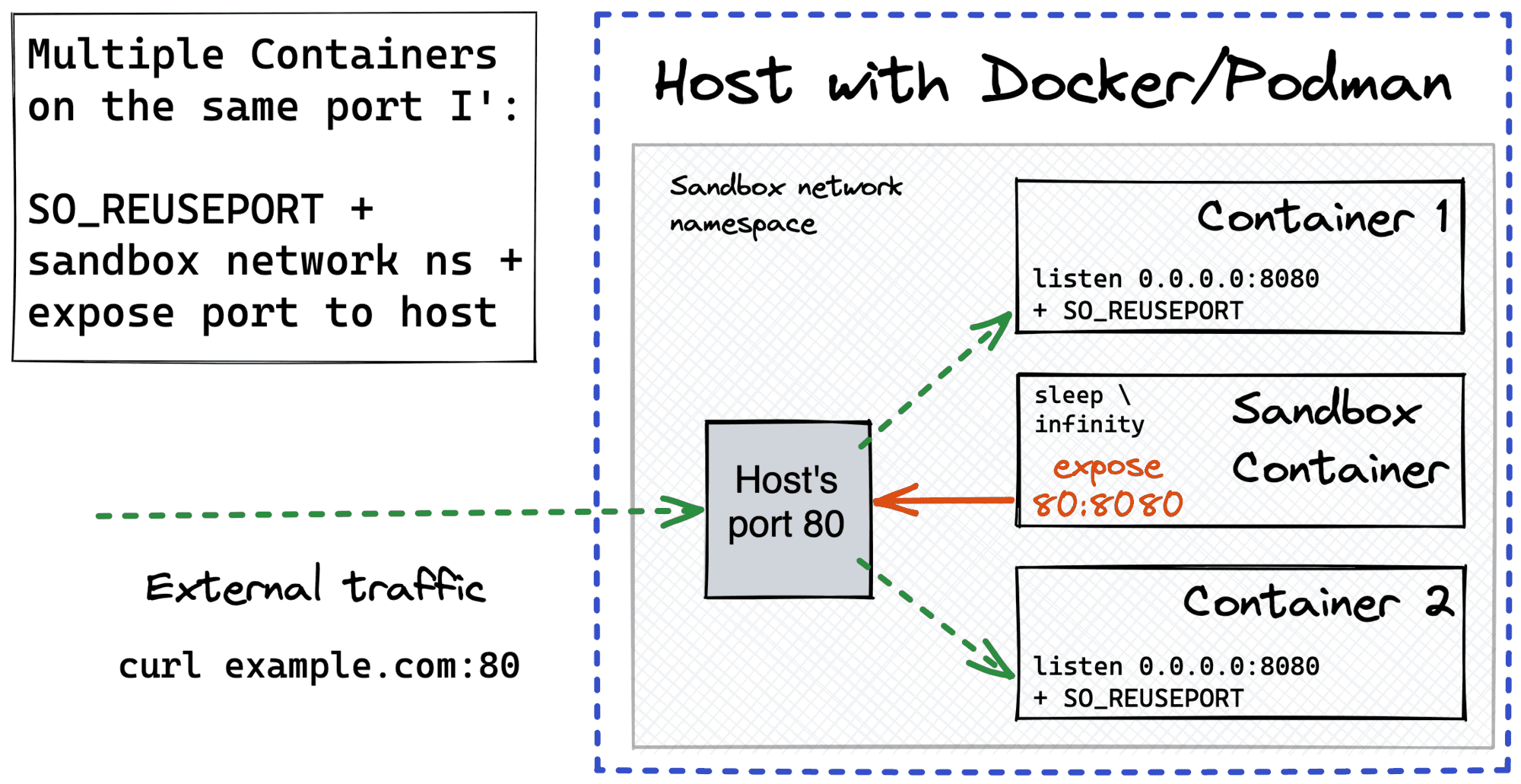

- #Docker container port mapping how to#
- #Docker container port mapping install#
- #Docker container port mapping software#
- #Docker container port mapping crack#
Map UDP port 80 in the container to port 8080 on the Docker host. Map TCP port 80 in the container to port 8080 on the Docker host for connections to host IP 192.168.1.100. Hosting environment: Production Content root path: /app Now listening Map TCP port 80 in the container to port 8080 on the Docker host. When I run >docker run -it locationservices I get below message. Port publishing is something you configure only when starting a container. How can I do this automatically with a Dockerfile. When I try to hit or my web page doesnt open. In the docker ps command output, we can find the exposed ports in the PORTS column. The docker run command provides instructions used to run a container from a docker image. Then when I run my image using docker run -d locationservices it gives some long id. You should be able to rewrite the Dockerfile to: FROM anapsix/alpine-java Do not create a VOLUME. In most practical cases you dont need a VOLUME. I build my application as docker build -t locationservices. So when you declare a VOLUME for the directory containing the jar file, and then try to ADD content to it, it gets lost. RUN dotnet publish "" -c Release -o /appĮNTRYPOINT FROM microsoft/dotnet:2.1-aspnetcore-runtime AS baseĬOPY This mode is the best if you want to use multiple copies of the same container. For bridge, you use the docker network and use ephemeral ports dynamically to map your container ports to. Which means that your container will act as a host and the port that you expose will be the port that you serve on. RUN echo "daemon off " > /etc/nginx/nfĪnd then the core project. For awsvpc, the container gets its own ENI.
#Docker container port mapping install#
RUN apt-get update & apt-get install -y htop git nginxĪDD sites-enabled/ /etc/nginx/sites-enabled/ĪDD sites-enabled/ /etc/nginx/sites-enabled/ I've got a Dockerfile for an Nginx container like so: FROM ubuntu:14.04
#Docker container port mapping how to#
Specifically how to pass requests from Nginx to another container, listening on another port, on the same server. To assign a port mapping to an existing Docker container, you can use the 'docker container update' command with the '-publish' or '-p' option. I can't seem to grasp port mapping for Docker containers. I suggest reading those a few times first before diving in. I eventually found a couple posts from the benevolent Digital Ocean Tutorial gods: Introduction to Networking Terminology and Understanding. I gather, for this to work, I need to map host port 25 to docker port and I need to that using docker-compose file. It's a lot of fun, but I wish I'd taken the time to educate myself better about networking in general before diving right in. It's a very nice way to spend a Saturday night. Hint: You're trying to implement a Service Discovery Layer in your Cluster Control Plane.
#Docker container port mapping crack#
If you're new to networking (like me) then you should get out your reading glasses, pop "Paint The Sky With Stars - The Best of Enya" on the Wi-Hi-Fi, and crack a beer - it's going to be a while before you really understand exactly what it is you're trying to do. There's also the CoreOS offerings that utilize etcd, fleet, and flannel.Īnd if you really want to have a party you can spin up a cluster to run Mesosphere, or Deis, or Flynn.

#Docker container port mapping software#
It's a good way to get an idea of what the software you'll likely be using to solve this problem is actually doing under the hood.Īdditionally, you'll probably want to also check out Docker's nascent network, Hashicorp's consul, Weaveworks weave, Jeff Lindsay's progrium/consul & gliderlabs/registrator, and Google's Kubernetes. It is limited in that it's quite difficult to network containers on separate hosts in any given cluster, and containers cannot be restarted once networked, but does offer a quick and relatively easy way to network containers on the same host. You should use this post to gain a basic understanding of the docker -link approach to service discovery, which is about as basic as it gets, works very well, and actually requires less fancy-dancing than most of the other solutions. Accessing the container from the host where the containers are running on should be done on port 444.

 There are now many different offerings that solve this problem (in a variety of ways). The numbers in the ports line mean the following: ports: -
There are now many different offerings that solve this problem (in a variety of ways). The numbers in the ports line mean the following: ports: - It's now July of 2015 and things have change drastically with regards to networking Docker containers. This is now the solution I'm using to solve this problem. I've discovered this automagical container from Jason Wilder: and it solves this problem in about as long as it takes to docker run the container. It's now July 16th, 2015 and things have changed again.


 0 kommentar(er)
0 kommentar(er)
